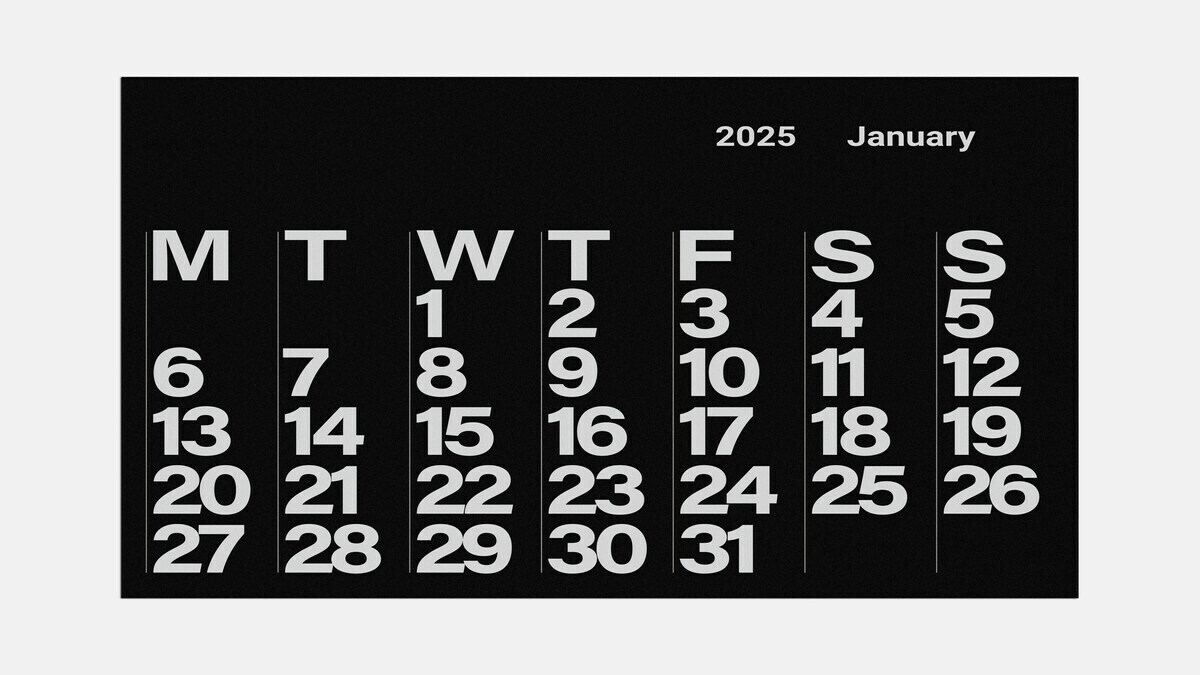According to the IRS, the deadline for the fourth-quarter estimated tax payments for 2024 is January 15, and missing the deadline can lead to “unanticipated penalties and fees.” Most people who pay estimated taxes do so because they receive income from sources such as self-employment, very small businesses, investments, or gig work, where there is no automatic withholding of taxes. Even in some cases, where one earns through full-time employment or has retirement income, taxes might still be owed in estimated taxes if withholding was not sufficient.
As explained by IRS, any year-end bonus, stock dividends, capital gains from mutual funds, as well as profits realized from cryptocurrency, may require paying a fourth-quarter estimated tax. These amounts represent one of the “pay-as-you-go” aspects of the federal tax system: taxes must be paid while income is being earned.
If by January 15 the taxpayer hasn’t made the fourth-quarter estimated payments, that person would incur an interest-based penalty computed by the current interest rate times the amounts of tax unpaid. “That penalty compounds every day,” says Brian Long, a certified public accountant (CPA) and senior tax advisor at Wealth Enhancement in Minneapolis. To avoid surprise at tax season, IRS suggested that taxpayers use either withholding, estimated payments, or a combination of both.
Understanding the ‘safe harbor’ rule for estimated taxes
The IRS has a safe harbor provision to avoid penalties for taxpayers. According to the provision, filers can comply with their pay-as-you-go obligation by paying at least 90% of their total tax liability for 2024 or 100% of their 2023 taxes, whichever is smaller. For those who had an adjusted gross income (AGI) of more than $150,000 in 2023, the threshold is 110% of last year’s taxes. This amount is usually found on line 11 of Form 1040 on the previous year’s return.
Taxpayers should bear in mind that their tax payments have to be adjusted considering the rise in earnings in 2024; otherwise, they may generate an outstanding balance despite the safe harbor provision being met. “The good thing about this last quarterly payment is that most individuals should have their year-end numbers finalized,” states Sheneya Wilson, CPA and founder at Fola Financial, New York.
For those making their quarterly payments, the IRS encourages usage of its online account service. This enables taxpayers to “track their payments and pending transactions and check up on account details.” In addition to IRS Direct Pay, taxpayers may pay using the Treasury Department Electronic Federal Tax Payment System (EFTPS) or through debit, credit, or digital wallet flows.
Avoiding common mistakes before the deadline
Heck, filing taxes is like preparing almost on a routine note; however, one should really watch the income sources that may demand estimated tax filings. Otherwise, one can get a nasty surprise in terms of bills during tax time. For e,g, taxpayers who have investments, income from freelancing, or suprising sums coming in at the end of year need to closely analyze their tax standing and the relevance of payments with IRS norm.
Most importantly, specialists advise the preparation of taxes throughout the year. Such an approach not only reduces stress at a certain time but also minimizes the possibility of incurring penalties. Most importantly, taxpayers will be able to economically file their returns while avoiding rip-off surprises by dealing with safe harbor rules and the prescribed payment platforms recommended by the IRS.
